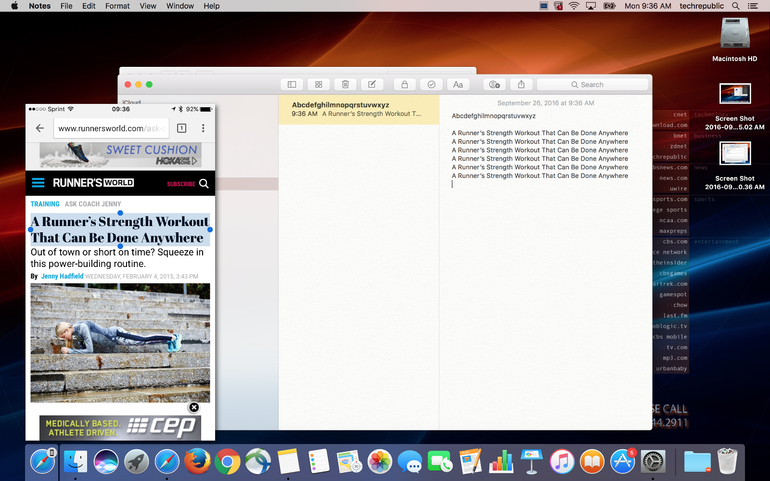Matt and Devin's guide to Desktop Operating Systems


macOS is Apple's proprietary operating system made for their line of computers. macOS is the latest of Apple's modern desktop operating systems. Originally "Mac OS X", then simply "OS X", these operating systems hold the second largest userbase after Microsoft Windows in desktop operating systems. macOS benefits from Apple's years of experience in writing operating systems as well as Apple's tight integration of hardware and software. This also allows macOS to integrate with Apple's other products like AppleTV, iPhone, iPad, Apple Watch, and now HomePod through hardware and software features. macOS's original code was based on NeXT Step OS from NeXT computers. Apple acquired this codebase when they purchased the company and hired Steve Jobs back to the company. This allowed for a lot of modern features and security enhancements when compared to Apple's previous systems.
macOS has typically been hailed as the OS for creative types. Ever since the original Mac computer was released with its graphical user interface (GUI), artists across all media began to use it as a tool. In its modern iteration, this is still often the case. Many people find that Adobe products run better on macOS. Others find that Apple's professional video and audio suites (Final Cut Pro and Logic Pro respectively) are the best for their production workflows. Like the OS, these programs and tools take advantage of Apple's integration of hardware and software to run as well as possible.
Creatives aren't the only target for macOS, though. Many developers like macOS for its POSIX-compliant UNIX subsystems, the OS-level security features which keep systems safe, and the flexibility of their OS. As an anecdotal example, "I use a MacBook Pro with macOS High Sierra. For the most part, I can get all my work done in macOS. For anything Windows or Linux-specific I need to do, I can use BootCamp or Parallels to run those operating systems better-suited to the tasks at hand. I can take full advantage of my 8-core processor and run multiple VMs at once, allowing me to have Mac, Windows, and Linux environments all at once." -Matt Adams.
One final group that macOS is targeted toward: People with disabilities. Apple's accessibility options are first-class. Switch input, screen readers, display zoom and other accessibility accordances are built into the OS. VoiceOver is on the same level as many pro (paid) Windows screen readers. The OS, first-party software, and much third-party software is fully navigable by switch controllers. The OS has built-in closed captioning support, making it so that any media with readable caption files will display captions without extra per-app configuration.

Mac OS X Jaguar Desktop (image credit: Guidebook)

Mac OS X Leopard Desktop with Finder window and expanded stack (image credit: SkatterTech)

OS X Lion desktop shown in Mission Control view (image credit: Mashable)

macOS Sierra Desktop with multiple open windows (image credit: Tech Republic)